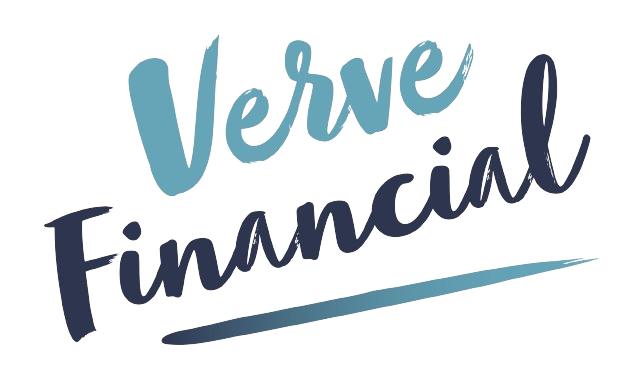February 3, 2025
How Do Mortgage Interest Rates Work? A Simple Guide to Swap Rates and More
Home / How Do Mortgage Int...
Author

Gary Boakes
Director and Mortgage advisor
Gary has been a Mortgage Planning Consultant since 2010 and co-founded Verve Financial with his wife Michelle. Gary has extensive experience working with First time buyers, homemovers, remortgages and has specialised in new ...
When you’re looking for a mortgage, one of the first things you’ll notice is the interest rate. It’s the percentage that determines how much extra you’ll pay back on top of the amount you borrow. But what actually makes interest rates rise or fall? And what on earth do swap rates have to do with it?
Let’s break it down in simple terms so you can understand how mortgage interest rates are set—and how swap rates play a role in the process.
What Are Mortgage Interest Rates?
A mortgage interest rate is the cost of borrowing money from a lender to buy your home. It’s how lenders make their money. The lower the rate, the less you pay back in interest, and the higher the rate, the more expensive your mortgage becomes.
There are two main types of mortgage rates:
1. Fixed Rates: These stay the same for a set period, like 2, 5, or 10 years.
2. Variable Rates: These can go up or down, depending on factors like the Bank of England base rate.
So, What Affects Mortgage Interest Rates?
Lenders don’t pull mortgage rates out of thin air—they’re influenced by a range of factors, including:
1. The Bank of England Base Rate
This is the interest rate set by the Bank of England, and it’s a major influence on mortgage rates. When the base rate goes up, borrowing becomes more expensive, and mortgage rates often follow suit. When it goes down, mortgage rates may also fall.
2. Swap Rates
Here’s where it gets interesting (pun intended). Swap rates are a key factor behind fixed-rate mortgages.
What Are Swap Rates?
Think of swap rates as the cost lenders pay to borrow money themselves.
Imagine you take out a 5-year fixed-rate mortgage. To give you that deal, the lender needs to know they can cover their costs for the next 5 years, no matter what happens to interest rates. They do this by entering into something called an interest rate swap agreement.
In simple terms, swap rates are an agreement between lenders and investors about what interest rates might look like in the future. If lenders expect rates to rise, swap rates go up. If rates are expected to fall, swap rates go down.
How Swap Rates Affect Your Mortgage
When you apply for a fixed-rate mortgage, your lender will base their offer partly on the current swap rate for the same fixed term (e.g., 2, 5, or 10 years).
Here’s how it works:
- If swap rates rise, it costs lenders more to secure funding for fixed-rate mortgages, so they pass those costs on to you in the form of higher rates.
- If swap rates fall, fixed mortgage rates may become cheaper.
Other Factors That Influence Interest Rates
While swap rates are a big part of the picture, they’re not the only factor. Lenders also consider:
- Competition: If one lender offers a lower rate, others may follow to stay competitive.
- Risk: If you have a smaller deposit or lower credit score, you’ll be seen as a higher risk, which might mean a higher rate.
- Economic Conditions: Things like inflation, unemployment, and global financial trends can all affect interest rates.
Why Do Mortgage Rates Sometimes Seem Slow to Change?
You might wonder why fixed mortgage rates don’t always drop immediately when swap rates or the base rate fall. That’s because lenders set their rates based on a combination of factors, including their own costs and business goals. It can take time for changes in swap rates or the base rate to filter through to mortgage deals.
How to Get the most suitable Rate for Your Mortgage
Understanding how mortgage rates work can help you make smarter decisions, but you don’t have to do it alone. Here are some tips to secure the best rate:
1. Work with a Mortgage Broker: Brokers have access to a wide range of lenders and can help you find the right deal based on your circumstances.
2. Check Your Credit Score: A higher credit score can open the door to lower interest rates.
3. Save a Bigger Deposit: The more you can put down, the less risk you present to lenders, which can lead to better rates.
4. Compare Fixed and Variable Options: Depending on where swap rates and the base rate are headed, one might be a better fit than the other.
Final Thoughts
Mortgage interest rates might seem complicated, but at their core, they’re influenced by simple supply-and-demand dynamics, swap rates, and the cost of borrowing. By understanding how these factors work together, you can make more informed decisions and feel confident about your mortgage choices.

